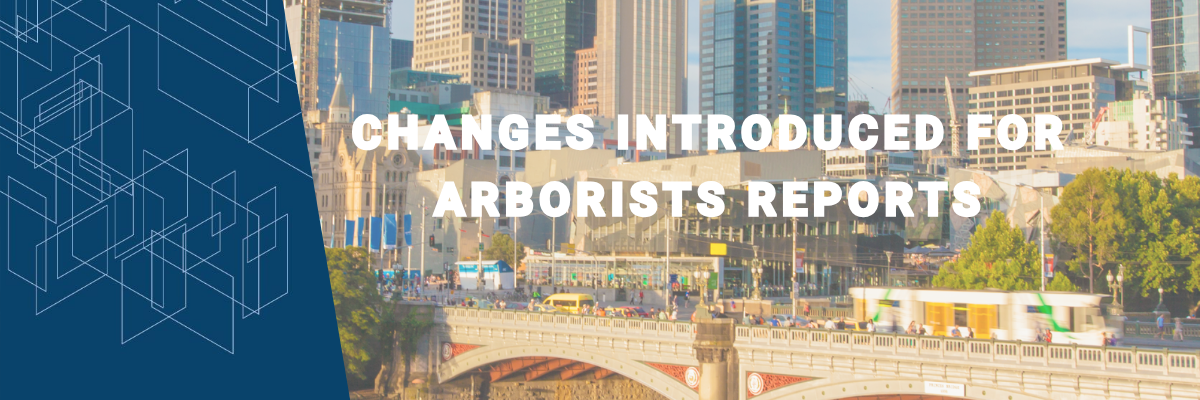The recently revised Australian Standard AS 4970:2025 – Protection of Trees on Development Sites, published on 30 May 2025, supersedes the previous 2009 edition. The updated standard introduces several important changes that are directly relevant to planning permit applications where tree retention or removal is under consideration:
- One of the most significant updates is the introduction of the Notional Root Zone (NRZ), a term that replaces the former Tree Protection Zone (TPZ). While the terminology has changed, the calculation method remains the same, based on the trunk diameter at breast height (DBH).
- The Notional Root Zone (NRZ) represents the theoretical area required to sustain a tree’s health and long-term viability. It continues to include the Structural Root Zone (SRZ), which is the innermost zone critical for tree stability due to woody root growth and soil cohesion. Importantly, the term Tree Protection Zone (TPZ) is still in use, but it now refers specifically to the area protected during development activities, typically through physical barriers and site management measures to ensure tree viability.
- Another major change is the refinement of encroachment classifications into three levels: Minor, Moderate, and Major – based on the extent of intrusion into the NRZ and its proximity to the SRZ:
- Major Encroachment: More than 20% of the NRZ area, and/or encroachment into the SRZ. Response: The Project Arborist must be engaged to investigate alternative designs or demonstrate whether the tree can remain viable. This requires a detailed assessment of the tree and site, and may involve non-destructive root investigations.
- Moderate Encroachment: Greater than 10% and up to 20% of the NRZ area, outside the SRZ, with no recent NRZ encroachments. The Project Arborist must review the proposal and demonstrate whether the tree’s viability can be maintained. This may involve site-specific mitigation strategies and appropriate design or construction controls.
- Minor Encroachment: 10% or less of the NRZ area, outside the SRZ, with no recent NRZ encroachments. Generally considered low-risk. If standard tree protection measures are implemented, significant impacts to tree health, structure, or longevity are unlikely.
Future planning permit applications and arborist reports will need to be prepared in reference to these new standards and terms.
